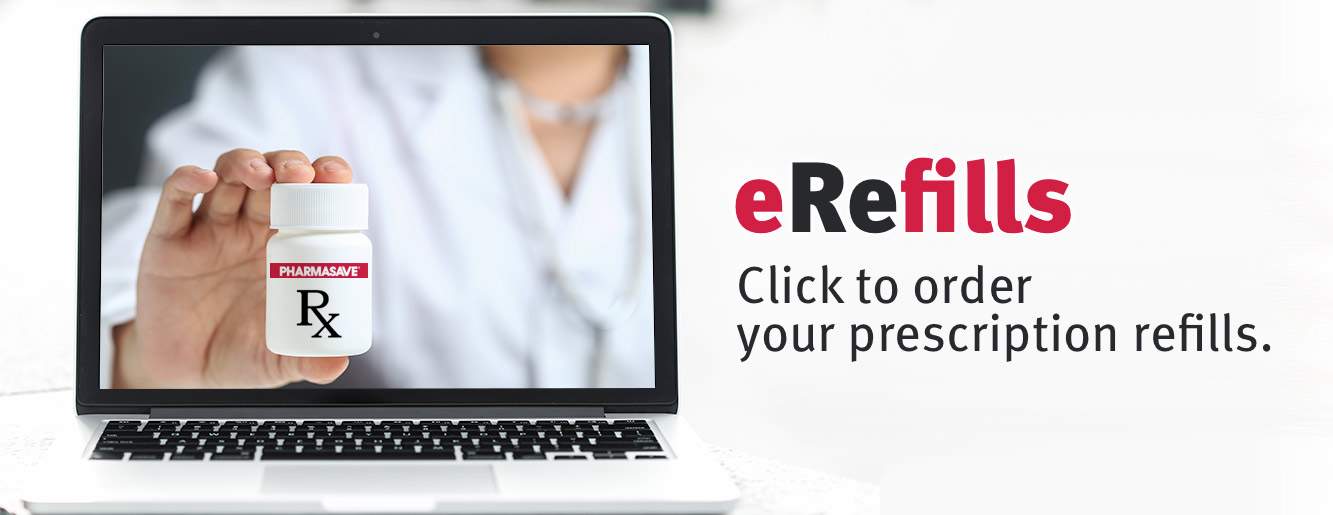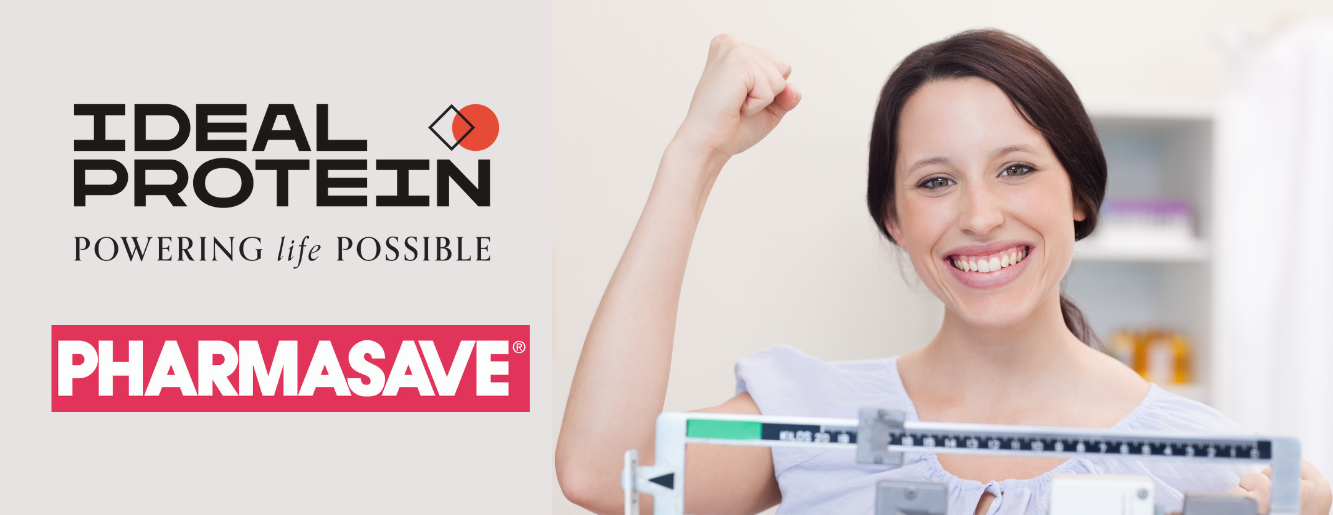By Frederick Cheng (R.Ph.) and Christine Cheng (R.Ph.)
“Drink your milk up or you don’t get to play today!” That is something many of us have heard repeatedly in our early years… Well, guess what? The statement is still valid today, regardless of your age. If you do not try your best to maintain strong bones through nutrition and exercise, you will not have a strong and healthy skeleton to carry you through life and allow you to “play” well into advanced age. Many people focus on their joints, since a painful joint is easily detectable. However, without strong bones to form a healthy skeleton, painless joints would be useless. In fact, fracture due to weak bones is one of the leading causes of hospitalizations for the elderly, often with poor outcomes. Therefore, we should make an effort to take good care of our bones first.
Osteoporosis (“porous bones”) is a bone condition where bone resorption exceeds bone formation, resulting in “pores” in the bones which greatly weakens them and renders the person prone to the risk of bone fracture (eg. of the hip, wrist, and spine). Poor nutrition, alcohol abuse, smoking, sedentary lifestyle, low body weight, family history, and hormone imbalance are all known risk factors for osteoporosis. Within just 5-7 years after menopause, a woman could lose as much as 20% of their bone mass. Having said that, osteoporosis is also prevalent in men, with about 1 in 5 cases belonging to the male gender; by age 60, a Caucasian man has a 25% chance of fracture. Furthermore, mortality associated with a osteoporotic hip fracture is about 2-3 times greater in men than women.
Yes, it would be ideal to get all the necessary nutrients for strong bones in our natural diet, but for many this is not feasible; some have sensitivities, diet restrictions, or similar limitations. This is where good-quality supplements come in. Typically, a multivitamin only forms the basis of a health-conscious lifestyle, and you would need to augment with certain vitamins and minerals based on your therapeutic goals.
By now, we know that calcium and vitamin D form the backbone of prevention and treatment of osteopororis. However, the body also needs many other vitamins and minerals to build healthy bone. These include magnesium, zinc, manganese, copper, boron, fluoride, strontium, and vitamin K. Make sure you choose supplements that can be absorbed and used easily by your body. For example, Metagenics makes a line of microcrystalline hydroxyapatite CAL APATITE products which is readily absorbed (irrespective of stomach acidity levels) and is readily assimilated into the natural bone matrix. Check with your physician and pharmacist to assess which of these you may need to supplement your diet with. In particular, strontium and vitamin K have received attention recently.
STRONTIUM RANELATE has been observed in studies to enhance the action of bone-building cells and decrease bone resorption, thus drastically reducing the incidence of vertebral fractures. It must be taken in the presence of adequate calcium support, though. Note that most of the strontium on the market is in the “chloride” form, which has not been studied adequately. Be sure to pick-up the ranelate or citrate forms, such as that found in AOR’s STRONTIUM SUPPORT II.
Vitamin K consists of a group of molecules with differing functions in the body. The K2 molecules help activate bone proteins in order to attract calcium to bone and can also decrease bone resorption. Of interest is that the K2 form (aka. “menaquinone”) could reduce absolute vertebral and non-vertebral fracture rates by up to 13%. The most useful Vitamin K2 supplements come in the form of “MK4” or “MK7”, such as AOR’s “Vitamin K2” (MK4) or Organika’s VITAMIN K + D (MK7). MK4 can be produced synthetically as well as in our bodies; the synthetic version is structurally equivalent to the version we produce naturally. MK7 is synthesized by bacterial fermentation of soy; in the body, it is converted into the MK4 version. There is an ongoing debate as to which one is “better”, but current research shows that both forms can help reduce the risk of bone fractures.
The latest info on bone health and osteoporosis prevention and treatment is extremely exciting given that more and more is being discovered regarding the supporting molecules such as strontium and vitamin K. All this info can be a bit confusing and intimidating, though. Seek a doctor and pharmacist who are well-versed in these topics to help you decipher the plethora of available (and often confounding) info in order to discover the best combination for your particular needs.
Christine and Fred Cheng are a sister-brother pharmacist team at their unique family-owned and operated Pharmasave in Cloverdale, BC. They specialize in natural remedies and compounding for both human and veterinarian use. They would love to hear from you! Contact them HERE.




